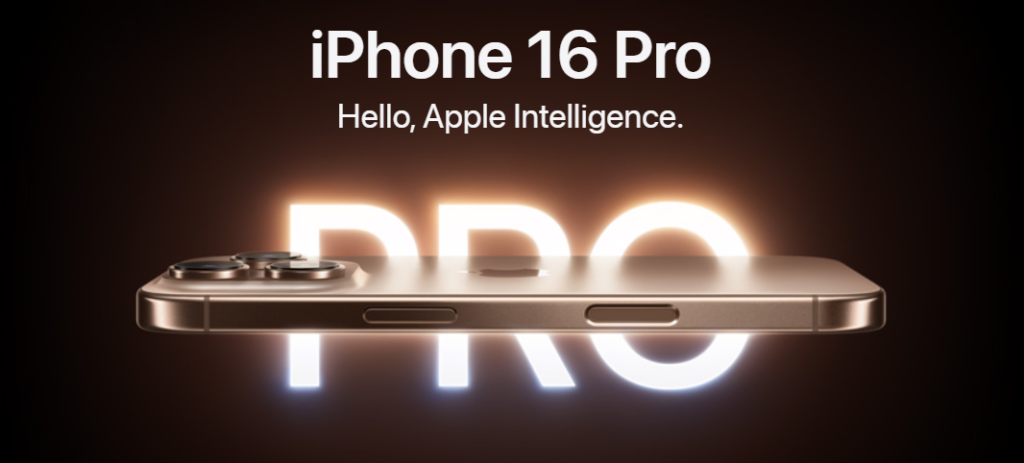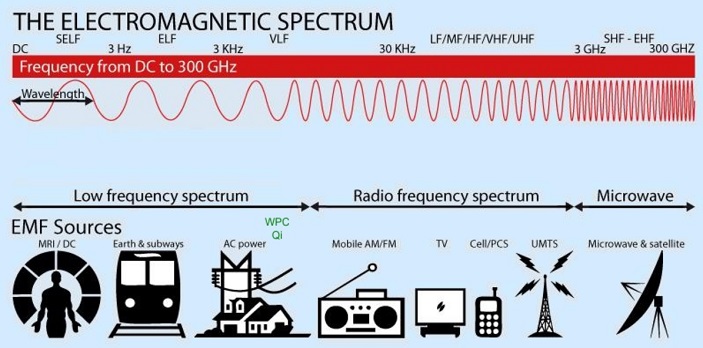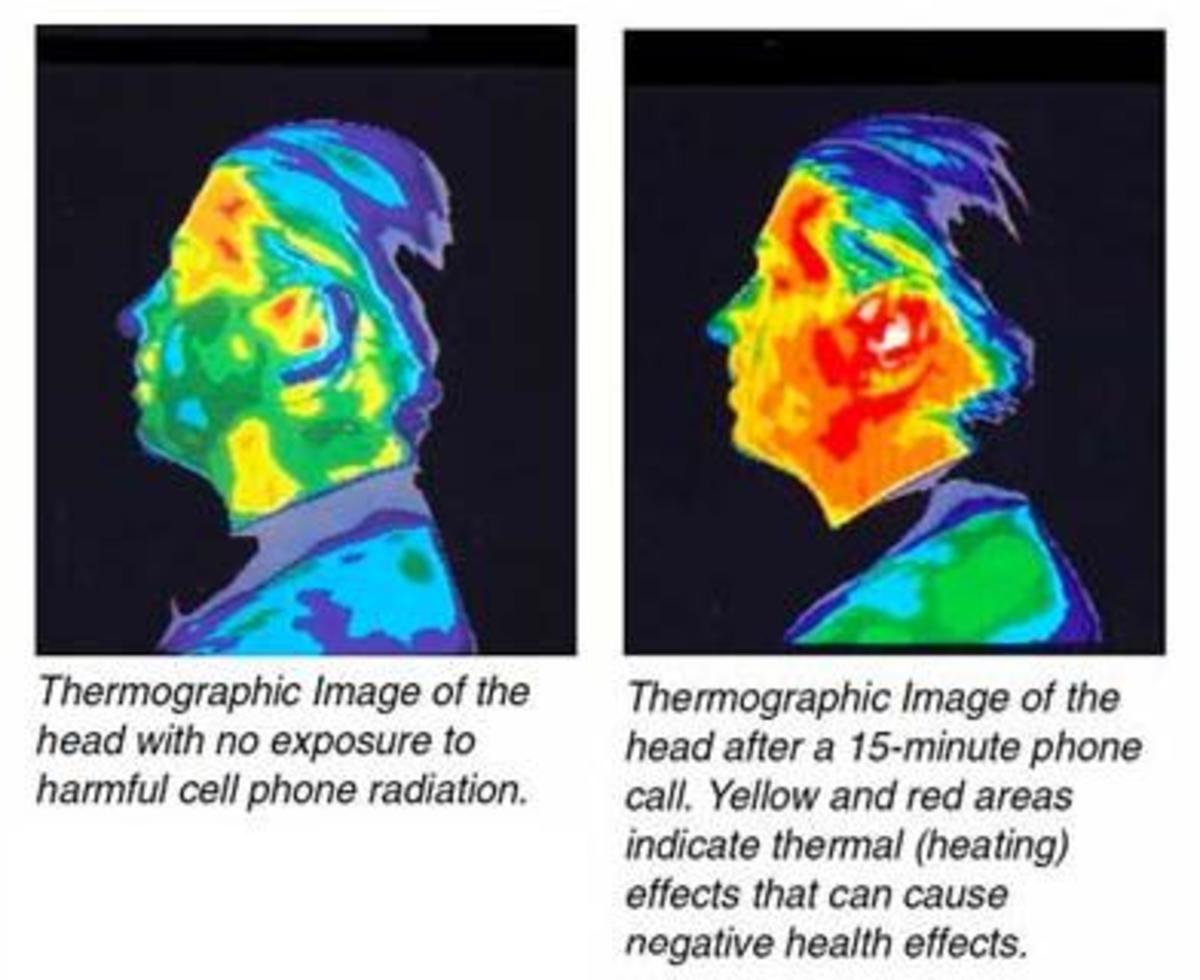Apple has just officially launched iOS 18, a major update that is set to redefine the iPhone experience with enhanced personalization, new capabilities, and seamless integration for gaming and entertainment. Available for download starting today, iOS 18 promises to bring a whole new level of interaction and performance for iPhone users starting with the older generation Xs and up to the latest 16 Pro.

Key Features of iOS 18
– Revamped User Interface (UI): iOS 18 introduces a more customizable interface, with dynamic widgets, a redesigned lock screen, and adaptive app layouts, making the experience more personal than ever.
– AI-Powered Personalization: Leveraging advanced AI, the system learns from user preferences, adjusting app recommendations, notifications, and even battery optimization to match individual habits. This feature promises a smarter, more intuitive user experience.
– Interactive Widgets: For the first time, iOS users can engage with widgets directly from the home screen. Whether it’s checking game stats or adjusting settings, this allows for quicker access to essential functions.

– Performance Boost: Apple has integrated the A18 Bionic chip into the latest iPhones, resulting in faster processing speeds, optimized graphics, and better multitasking capabilities. This is especially beneficial for gaming, where users will notice smoother graphics and higher frame rates.
– Expanded Gaming Capabilities: iOS 18 introduces Game Mode, a dedicated feature that optimizes performance while playing online games by reducing background processes and enhancing network stability. Users will experience faster response times and less lag, which is critical for real-time multiplayer games. This is coupled with Enhanced AR support, bringing online games to life in ways previously unseen.
– Cross-Device Connectivity: With iOS 18, gaming moves seamlessly across Apple devices. Game progress can now be synced across iPhone, iPad, and Mac, allowing users to pick up where they left off, regardless of the device they’re using.
Comparison with Previous iOS Versions
– Performance Gains: Compared to iOS 17, iOS 18 offers up to 30% faster app launches and a 20% increase in battery life for gamers. This is a result of the new battery optimization algorithms and improved processor efficiency.
– Gaming Improvements: The introduction of Game Mode and AR-enhanced experiences is a leap from previous iterations, positioning iOS 18 as the ideal platform for mobile gaming enthusiasts. Apple’s new Metal 3 framework [MetalFX upscaling first seen in an impressive 2022 demo showcasing Resident Evil Village running as a Mac port- see video below CP] also enhances the gaming experience with more detailed textures and faster loading times.

Impact on Online Gaming
iOS 18’s Game Mode and improved connectivity features ensure that mobile gamers can enjoy uninterrupted, high-performance gameplay on online platforms. This feature helps tackle a longstanding challenge of latency and performance dips during competitive play.
“iOS 18 transforms the online gaming landscape by making iPhone not just a communication device, but a full-fledged gaming console in the palm of your hand. With its advanced features, smoother gameplay, and seamless cross-device experience, iOS 18 is a game-changer,” said Vadim Khrulev, Founder and CEO at thesolitaire.com.
With iOS 18, Apple is once again pushing the boundaries of what is possible on a mobile device. For gamers, content creators, and everyday users, the new OS offers unmatched personalization, performance, and cross-platform experiences. As the gaming industry continues to expand, iOS 18 ensures that iPhone remains at the forefront of the digital entertainment world.





